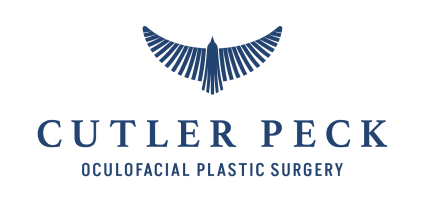There is often a misunderstanding when the topic of facial paralysis arises. Many are under the assumption that facial paralysis and Bell’s Palsy are the same, with names that can be used interchangeably. In reality, these are distinct medical conditions that affect those with the condition in unique ways. To fully understand how these conditions manifest and how to best treat them, one must fully understand the difference between facial paralysis and Bell’s Palsy. Primarily, the difference is that facial paralysis can stem from a few causes, while Bell’s palsy is a specific type of facial paralysis linked to viral infections. We explore this and more useful information about the conditions below.
Differences Between Facial Paralysis and Bell’s Palsy
By clarifying the differences between these conditions and understanding the nuances that set these two conditions apart, a proper diagnosis can be made and the corresponding treatment administered. This sets the groundwork for achieving the best outcomes possible.
Facial paralysis is a general term used to describe any condition where the muscles of the face are weakened or you lose the ability to move them. You can think of it like this: facial paralysis is a category, like candy. Bell’s palsy is more specific, like a type of candy—a chocolate bar, for this analogy. A chocolate bar (Bell’s palsy) will always fall under the category of candy (facial paralysis), but a chocolate bar is not the only type of candy. There are also lollipops, sour gummies, hard candies, etc. The same is true for facial paralysis and Bell’s palsy. Bell’s palsy is a form of facial paralysis, but facial paralysis can describe conditions other than Bell’s palsy.
Causes of Facial Paralysis and Bell’s Palsy
Facial paralysis can have a wide variety of causes, which can range from stroke to brain tumors, Lyme disease, and infection. A definitive cause of Bell’s palsy is still under investigation, but there is evidence to support a correlation between Bell’s palsy and viral infections. Facial paralysis can have many causes, but Bell’s palsy is specifically related to facial nerve damage.
Symptoms of Facial Paralysis and Bell’s Palsy
Bell’s palsy can affect both sides of the face but more commonly presents with isolated muscle weakness, typically on one side or the other. On the other hand, facial paralysis is characterized by muscle weakness in any of the facial muscles.
Diagnosis
Properly diagnosing the cause of your symptoms is key to successful treatment. Both facial paralysis and Bell’s palsy can be diagnosed through an examination of the facial structure. Your doctor will instruct you to perform various facial movements and observe for signs of weakness and the severity of the weakness. Other tests, such as blood tests, imaging, and electromyography tests, may be conducted to exclude other causes.
Treatment and Recovery
Bell’s palsy is an acute condition that typically resolves with proper treatment. Treatment could entail eye care, oral corticosteroids, antiviral medications, or electrical stimulation. Facial paralysis could be treated in a number of ways depending on the condition needing treatment. Once the condition has been established, a treatment plan can be made, too. To determine your condition and gain a better understanding of appropriate treatment options, speak with an experienced oculoplastic surgeon.
Recovery for Bell’s can last anywhere from a few weeks to several months. Many experience gradual improvement in three weeks after the onset of symptoms. In fact, the majority make a full recovery within three months. About 5-10% of patients experience recurrent episodes later in life. Recovery from facial paralysis, again, is dependent on the specific condition being treated. You will need to discuss expected recovery outcomes with your care team. This conversation will provide you with realistic expectations and help you know the steps you need to take.
Know You Condition
Facial paralysis and Bell’s palsy may seem similar at first glance; however, they are distinct conditions with distinguishable differences. Facial paralysis is an umbrella term encompassing various causes of muscle weakness in the face. In contrast, Bell’s palsy is a specific type of facial paralysis with a sudden onset and unknown cause. Understanding these distinctions is important for accurate diagnosis and treatment.
Facial Paralysis Treatment in Idaho Falls
If you or a loved one believes you may be experiencing symptoms related to facial paralysis, consult with an experienced medical professional about oculoplastic surgery to treat your facial paralysis.

